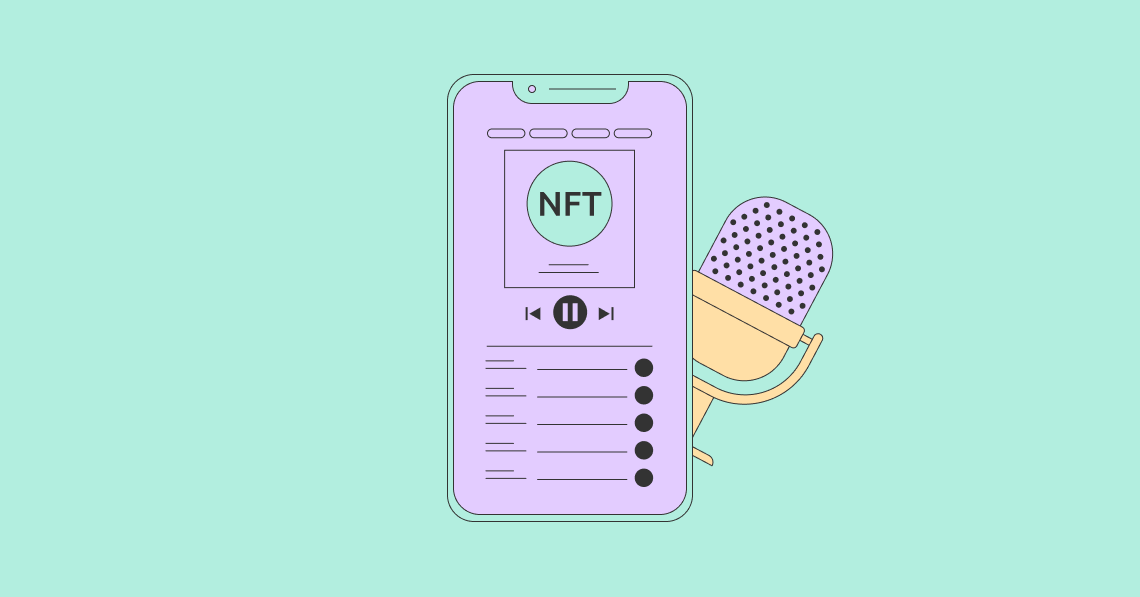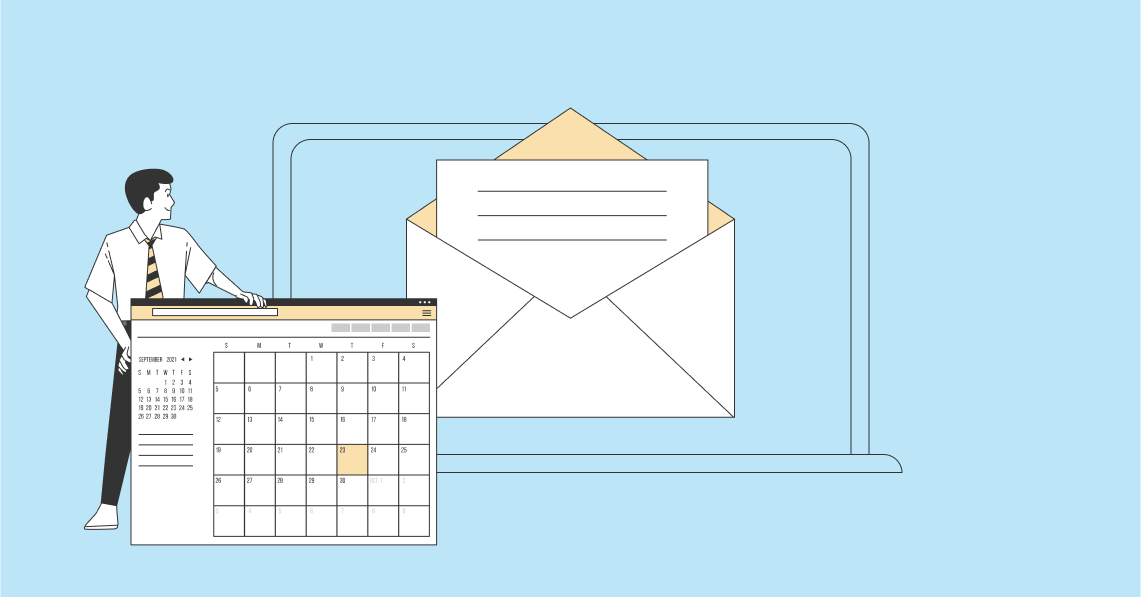Any retail company, whether it’s an eCommerce, omnichannel, or brick-and-mortar store, needs to keep track of itsmerchandisefrom the moment it’s sourced from the suppliers until it’s shipped to a buyer. To do this successfully, retailers must have a well-designedinventory managementsystem.
What Is Inventory Management?
Inventory managementis an integral part of the supply chain management system. It’s a part of a series of activities that help a business maintain optimal levels of inventory items, both raw materials and finished goods, while reducing costs.
With an optimizedinventory managementsystem, you can efficiently forecast stock levels to avoid overstock and stock-outs. A well-maintained inventory also prevents shipping errors, which can cause delays in product delivery or result in product returns. All these oversights not only entail higher costs, but they can also hurt yourbrandand affectcustomer loyalty.
Inventory management连接到一些活动:
订单管理
订单管理begins when a customer purchases an item from your shop and ends when the item is shipped and received by the customer. It also involves keeping track of the order to make sure that the item reaches the customer on time and in good condition.
The role ofinventory managementin order management is to identify the stock level of the item bought by the customer and to determine whether it’s time to replenish stocks.
Invoicing
An invoice is a document that proves a transaction was completed between your shop and a customer. It contains information such as the invoice number, item/s purchased, and the total amount of purchase.
Issuing an invoice helps you manage your inventory in case of returns or delays in product delivery. Not only will an invoice validate the transaction, but it will also help you trace what items came out from the warehouse.
Warehouse management
Warehouse management refers to the set of processes responsible for the accounting, movement, and handling of stocks that go inside and leave the warehouse. It also involves implementing safety measures to maintain product quality and methods of properly disposing of damaged items.
The function ofinventory managementin warehousing is to keep track of the total number of stocks of all the items, including the costs, contained within the warehouse. It’s also responsible for stock forecasting and replenishment to ensure products are constantly available to fulfill orders.
Best Practices in Inventory Management
When you’re successful in managing your inventory, you can reduceinventory managementcosts by preventing losses because of product damage, theft, or returns. A well-managed inventory also lets you provide better service to your customers, which helps boost brand awareness. In effect, thishelps attract new leads, increase engagement rate, and build customer loyalty.
Below are some techniques ininventory management:
ABC Analysis
In this method, products are categorized into three groups, namely A, B, and C goods. Class A products have the highest consumption value and profit contribution but are available in low quantities. Class B goods or interclass items are in the middle of the pack in terms of importance and demand. Meanwhile, Class C goods have the lowest value but are available in high quantities.
Batch Tracking
也叫追踪,这个inventory managementmethod groups and monitors stock units that have similar features. This method is useful in managing perishable items because it makes tracking expiration dates or defective items easier.
Dropshipping
Dropshipping is an inventory method that involves shipping an item from the warehouse to the customer. It’s commonly used by online stores, sole proprietors, or small businesses that have no warehouse of their own.
Economic Order Quantity
The Economic Order Quantity method uses a formula to calculate the number of stock units to order or reorder. It’s an important cost control tool that can help reduce the company’s expenses in procuring, shipping, and storing goods and raw materials.
First-in, First-out (FIFO)
The FIFO technique is an inventory control method where the oldest products in the inventory are sold first to reduce storage costs.
Last-in, First-out (LIFO)
The LIFO method is the opposite of the FIFO technique, where the newest products are prioritized for sale. This method is typically used in the management of nonperishable stocks or products that don’t lose value or expire.




